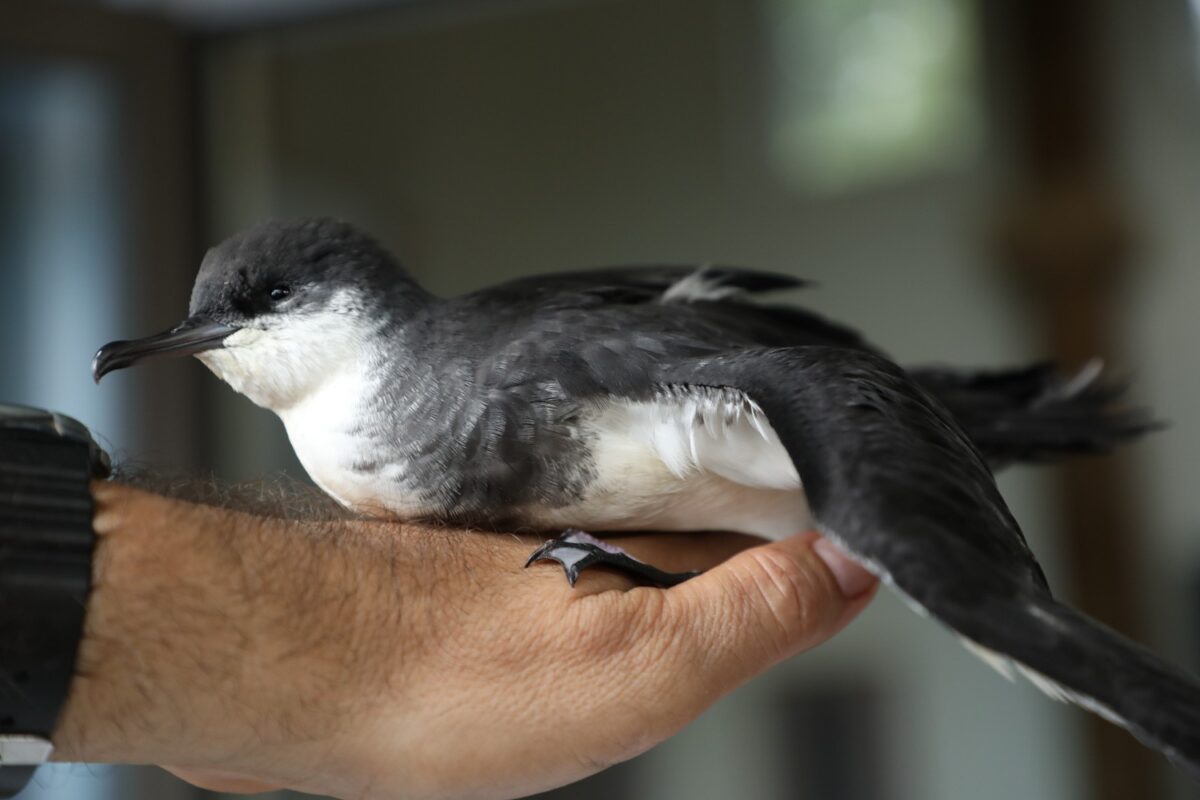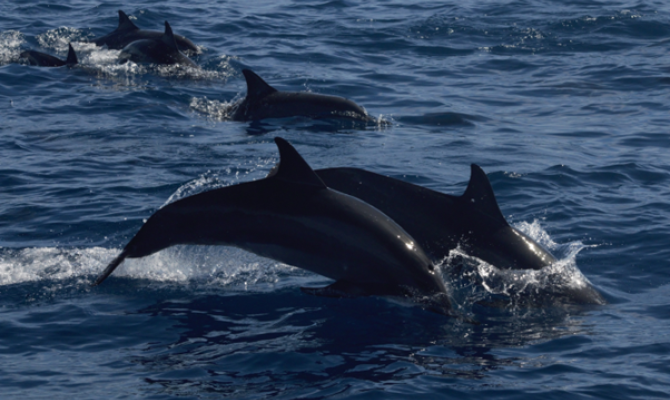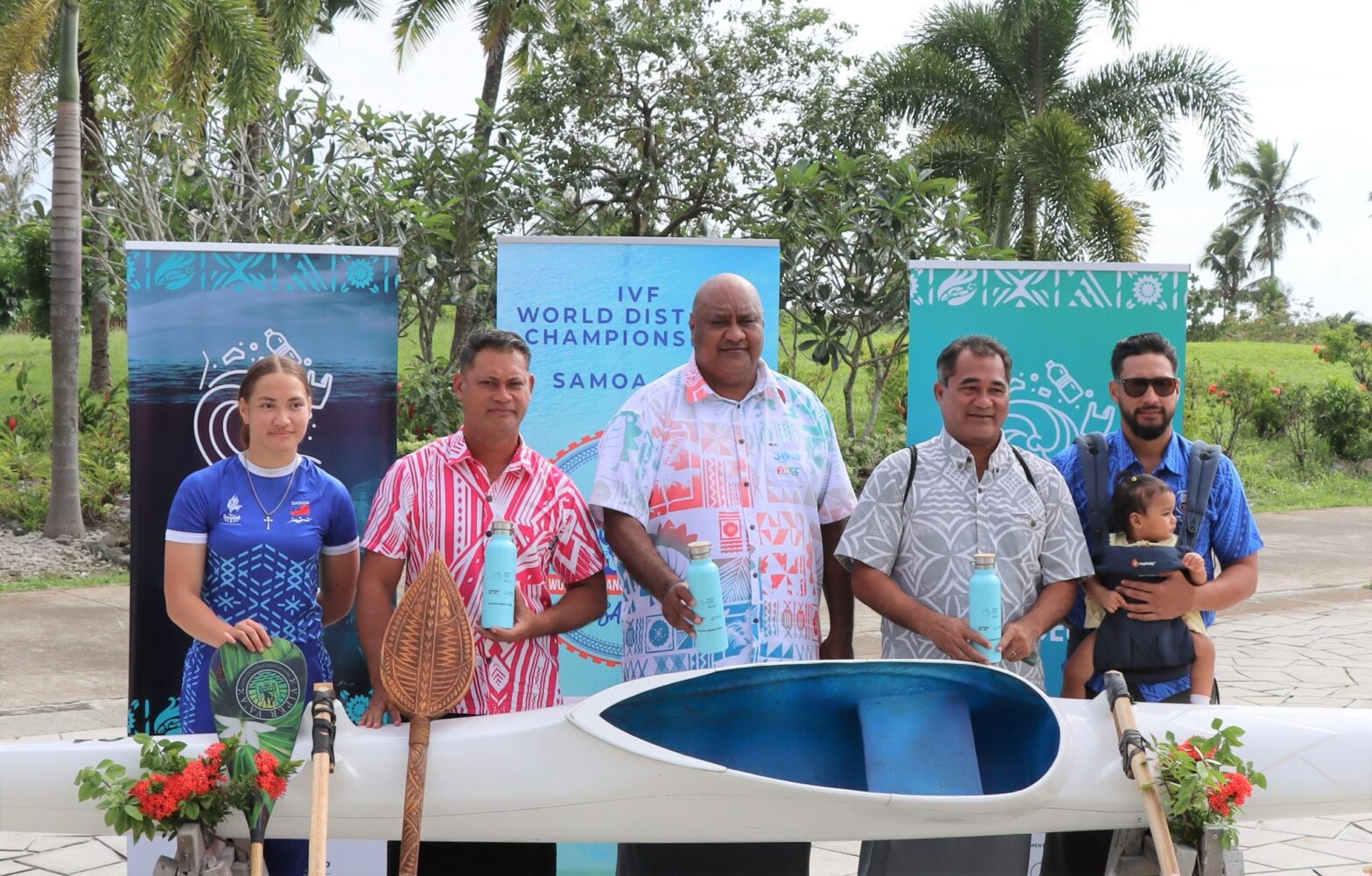Samoa’s native biodiversity has significantly increased with the confirmed sightings of three new species of seabirds on the main island of Upolu since February 2023, after their sightings at sea during offshore surveys raised the possibility that they may be breeding there.
This was confirmed when a tropical shearwater (Puffinus bailloni) was found in the village of Malololelei last February, as well as a wedge-tailed shearwater (Ardenna pacifica) in September.
The Samoa Conservation Society (SCS) also confirmed the presence of Tahiti petrels (Pseudobulwaria rostrata) on Upolu while doing research on the Manumea, the national bird of Samoa.
The Secretariat of the Pacific Regional Environment Programme (SPREP) is working in partnership with the Ministry of Natural Resources and Environment (MNRE) and the Samoa Conservation Society (SCS) to learn more about Samoa’s seabird biodiversity and how they can be protected.
Karen Baird, SPREP’s Migratory Species Adviser, says, “Seabirds are an important group of birds – bringing nutrients from the sea to the land, finding fish for fishers, and assisting traditional navigators in finding land.”
Although the exact locations of the colonies are still unknown, SPREP, MNRE, and SCS aim to ensure that people in Samoa are aware of these new species, and to ensure their safe return to the wild if found.
Baird added: “Tropical shearwater chicks will be leaving their nests deep in forested slopes above Apia now. Young birds need to find the ocean once they depart but can become disoriented by lights. Once they land they are unable to take off again and need to be assisted.”
President of the Samoa Conservation Society, James Atherton, said they are happy to partner with SPREP and MNRE on this important project to raise knowledge and awareness about these lesser-known species of Samoa’s biodiversity.
“Our seabirds are important icons in Samoan culture and feature in motifs in the Samoan tattoo, in legends and proverbs as well as used in fishing and ocean navigation. It is therefore critical that seabirds are protected for cultural, economic as well as ecological conservation purposes,” said Mr Atherton.
Posters are being shared on social media asking the public to report any sightings of the petrels to SCS and enlist their support in assisting petrels that may become disorientated by lights as they leave their forest burrows for the first time (fledge).
The posters include useful information on what the petrels look like, what they are usually attracted to and where they are usually found.
There are also plans by MNRE, SCS, and SPREP to conduct visits to villages and host consultations to complement the social media campaign to raise further awareness.
The Assistant Chief Executive Officer for MNRE’s Division of Environment and Conservation, Seumaloisalafai Afele Fai’ilagi, stressed that the importance of seabirds to the environment and the invaluable benefits they bring to Samoa’s rich biodiversity cannot be overstated.
“The discovery of three new seabird species is a thrilling development that not only showcases the diverse biodiversity of Samoa but also underscores the critical need to conserve and safeguard our vulnerable ecosystems,” he said.
“In recognising this, we commend the ongoing efforts of the teams from SPREP, MNRE, SCS, and all those involved in seabird conservation. We eagerly anticipate continuing this vital undertaking by promoting sustainable development practices and enhancing our stewardship of natural resources for a healthy environment,” Fai’ilagi added.
This story was originally published at SPREP on 06 February 2024, reposted via PACNEWS.




